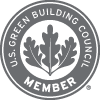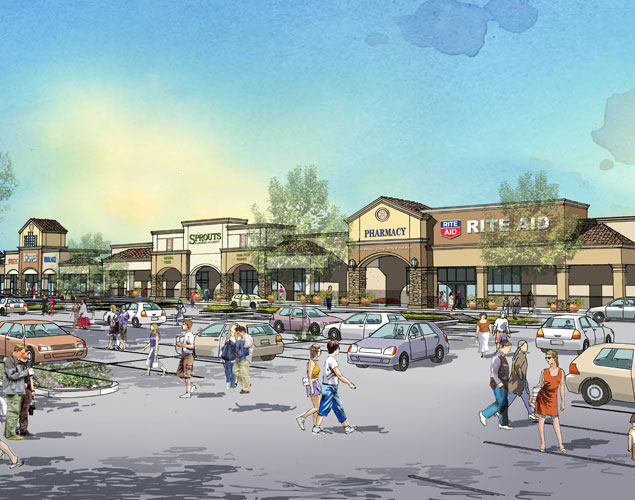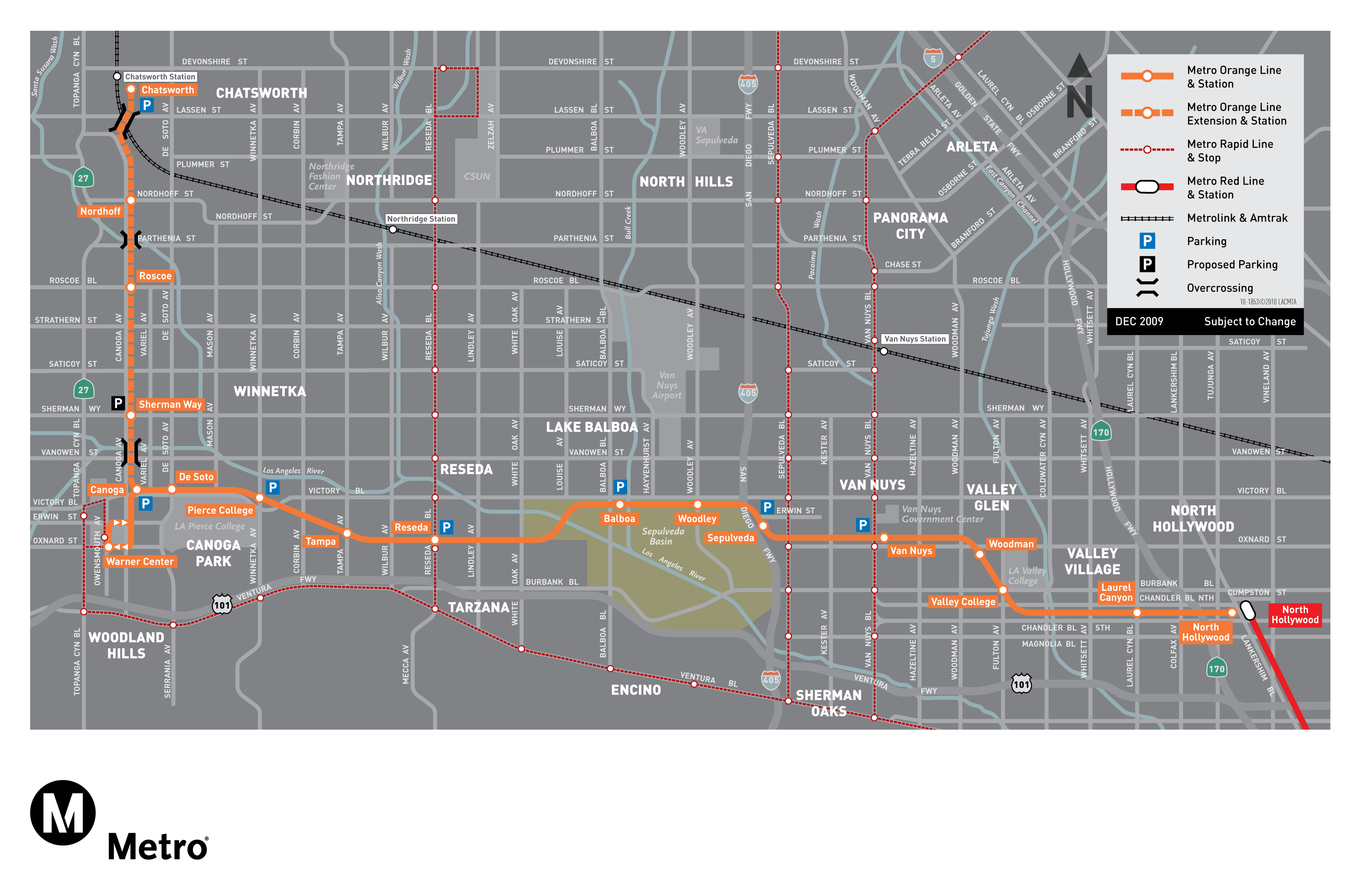LEED. Over the last decade, there has been an unprecedented push toward green, sustainable construction. Today, many public and private influences have integrated green methodologies into typical construction projects, whether it is driven from local, state, or federal legislation or from private organizations. The universal goal is that of developing sustainable, long-lasting urban projects that extend and preserve, not overuse, resources. Those who subscribe to the green concept strive to ensure their projects are highly efficient, constructed of quality materials, and provide long-term cost savings to future residents, owners, and end-users. This commitment to a sustainable future ensures that projects make lasting contributions to the neighborhoods and communities they are located in.

 One of the aforementioned private organizations leading the way is USGBC, or the United States Green Building Council. USGBC created a program called LEED to set guidelines for sustainable development and construction. LEED stands for Leadership in Energy and Environmental Design, and is a rating system for an independent green building certification program which provides voluntary guidelines and third-party verification that a building or community was designed and built using strategies intended to improve performance in environmental and human health metrics such as: sustainable site development, water savings, energy efficiency, materials selection, and indoor environmental quality. Based on the number of points a particular project achieves in the LEED rating system, a project can obtain one of the following certification levels: Certified, Silver, Gold or Platinum. USGBC says that LEED defines “a nationally accepted benchmark for the design, construction and operation of high-performance green buildings”and “provides building owners and operators with the tools they need to have an immediate and measurable impact on their buildings’ performance.” LEED certified buildings often provide healthier work and living environments, which contributes to higher productivity and improved employee health and comfort. The USGBC has compiled a long list of benefits of implementing a LEED strategy, which ranges from improving air and water quality to reducing solid waste, benefiting owners, occupiers, and society as a whole.
One of the aforementioned private organizations leading the way is USGBC, or the United States Green Building Council. USGBC created a program called LEED to set guidelines for sustainable development and construction. LEED stands for Leadership in Energy and Environmental Design, and is a rating system for an independent green building certification program which provides voluntary guidelines and third-party verification that a building or community was designed and built using strategies intended to improve performance in environmental and human health metrics such as: sustainable site development, water savings, energy efficiency, materials selection, and indoor environmental quality. Based on the number of points a particular project achieves in the LEED rating system, a project can obtain one of the following certification levels: Certified, Silver, Gold or Platinum. USGBC says that LEED defines “a nationally accepted benchmark for the design, construction and operation of high-performance green buildings”and “provides building owners and operators with the tools they need to have an immediate and measurable impact on their buildings’ performance.” LEED certified buildings often provide healthier work and living environments, which contributes to higher productivity and improved employee health and comfort. The USGBC has compiled a long list of benefits of implementing a LEED strategy, which ranges from improving air and water quality to reducing solid waste, benefiting owners, occupiers, and society as a whole.
One of first and quite frankly, easiest, strategies that a real estate developer will encounter and in turn, attain would be Construction  Waste Management (this shows up in Credits MRc2.1 and MRc2.2 in the LEED rating program). The intent of this credit is to “divert construction, demolition and land-clearing debris from disposal in landfills and incinerators. Redirect recyclable recovered resources back to the manufacturing process. Redirect reusable materials to appropriate sites.” If a project is attempting to achieve this credit in their LEED building certification, the team must “recycle and/or salvage at least 50% of non-hazardous construction and demolition debris [or 75% for Credit MRc2.2]. Develop and implement a construction waste management plan that, at a minimum, identifies the materials to be diverted from disposal and whether the materials will be
Waste Management (this shows up in Credits MRc2.1 and MRc2.2 in the LEED rating program). The intent of this credit is to “divert construction, demolition and land-clearing debris from disposal in landfills and incinerators. Redirect recyclable recovered resources back to the manufacturing process. Redirect reusable materials to appropriate sites.” If a project is attempting to achieve this credit in their LEED building certification, the team must “recycle and/or salvage at least 50% of non-hazardous construction and demolition debris [or 75% for Credit MRc2.2]. Develop and implement a construction waste management plan that, at a minimum, identifies the materials to be diverted from disposal and whether the materials will be  sorted on-site or co-mingled. Excavated soil and land-clearing debris do not contribute to this credit. Calculations can be done by weight or volume, but must be consistent throughout.” One project that is currently in the process of achieving this credit is the Granada Village Shopping Center in Los Angeles, CA. Urban One is providing project management services on behalf of the owner of the property, Regency Centers. The project is a redevelopment of an existing shopping center built back in the early 1960’s. Since the scope of work includes the replacement of sitework, roofing, storefront, facades, as well as interior improvements of many buildings; there is a substantial amount of demolition that has to take place. This, in turn, presents a great opportunity to recycle most of this debris that is being removed. Since the project team is attempting LEED Silver building certification, the recycling rates are in line with the thresholds and are actually far exceeding 75%.
sorted on-site or co-mingled. Excavated soil and land-clearing debris do not contribute to this credit. Calculations can be done by weight or volume, but must be consistent throughout.” One project that is currently in the process of achieving this credit is the Granada Village Shopping Center in Los Angeles, CA. Urban One is providing project management services on behalf of the owner of the property, Regency Centers. The project is a redevelopment of an existing shopping center built back in the early 1960’s. Since the scope of work includes the replacement of sitework, roofing, storefront, facades, as well as interior improvements of many buildings; there is a substantial amount of demolition that has to take place. This, in turn, presents a great opportunity to recycle most of this debris that is being removed. Since the project team is attempting LEED Silver building certification, the recycling rates are in line with the thresholds and are actually far exceeding 75%.
Most projects will have some demolition that will be required prior to commencing construction, especially if it is a redevelopment of an existing building or if a structure needs to be cleared to allow for new ground-up construction. This creates a perfect opportunity to divert some of the waste being removed from the building or site to be recycled. There will also be some waste generated throughout the construction process. This waste should also be taken into account. The first step is to determine which materials present on the project arerecyclable. Materials that recycle well typically include concrete, masonry, metal studs, structural steel, aluminum, wood, cardboard, drywall, acoustical tile, plastic, insulation, glass, and carpet, among others.
The next step is for the project team to develop a plan, or protocol in the removal and segregation of the material to be diverted. For tracking purposes, most contractors find it easier to designate a particular area at the site for the segregated or comingled collection of recyclable materials. In our experience, unless you will be taking your materials to a recycling plant to sort through comingled materials for you, it is prudent to literally create separate piles onsite for recyclables and for waste going to the landfill. To avoid any confusion onsite, some General Contractors even put out recycling containers that are clearly labeled with acceptable (and unacceptable) materials that should be placed in them. We would recommend making these labels bilingual and post on all sides of the container in addition to posting wayfinding signs throughout the site clearly showing where these containers can be found. The General Contractor should coordinate this plan with all of their subcontractors and suppliers to ensure that the recommended handling procedures are met and the least amount of waste is produced. These procedures should be written into a Construction Waste Management Plan, distributed and reviewed in a pre-job meeting with all involved subs and suppliers. In order to truly enforce this plan, it may be beneficial to tell contractors and suppliers that if they do not comply with the plan, then they will be subject to backcharges and withholding of payment. One should have a watchful eye of crews contaminating debris boxes or dumpsters that have been designated for a single material type.
That leads into the next step of identifying someone to haul the material off of the site, as well as recycling centers that will accept the materials. Whether one is attempting LEED building certification or not, the hauler plays a critical role in the handling and documentation of the amount of material being diverted toward recycling. When dropping off a truck full of debris, the hauler needs to obtain receipts from the facilities accepting the material, which clearly record the quantity, by weight, of each load. The team also needs to do this for all material that is not being recycled as it is dropped off at the local landfill. It is with the combination of these two types of receipts, that the team will be able to determine the overall percentage of construction and demolition debris being recycled.
Another option that was touched on earlier is for the hauler to take the debris to a sorting facility. These facilities do all of the hard work for you so that you do not need to separate all of the material onsite. If taking debris to a sorting facility, all of the debris can be comingled (recyclable and un-recyclable). Different sorting facilities offer different recycling rates. Cities typically publish lists every year of all available sorting/recycling facilities, along with their respective average recycling rates. The Granada Village Shopping Center Redevelopment that we looked at earlier is currently using the comingled approach. Since the burden of sorting is on the facility, this allows work in the field to progress at a much faster rate. There is no need to sort and place each type of material in bins or dumpsters onsite. When selecting a recycling facility for this project, Urban One and Regency Centers obviously decided to select a facility that offered a very high recycling rate. However, there was also another factor that had to be considered – proximity to the site. Having a facility that was too far away from the project would have resulted in higher hauling costs and been detrimental to our budget. As any construction estimator can tell you, exporting materials from the site and hauling/truck costs can get very expensive. The balance of these two factors lead us to select Community Recycling located in Sun Valley, CA, which offers us an average 89.83% recycling rate for comingled construction and demolition debris and is only 10.5 miles away from the site.
 When trying to achieve this credit in LEED, there are several other ways to comply outside of simply taking the debris to a recycling center. If it fits within the scope of work for construction of the project, materials can be salvaged onsite. Another avenue to take would be to donate the materials to a charitable organization, such as Habitat for Humanity. Furthermore, instead of taking debris to a facility, why not take it directly to the next source? For example, at Granada Village, a substantial amount of broken concrete materials leaving the site (approximately 475 tons to date) is being sent directly to Brutoco Engineering & Construction for the Orange Line Extension project just down the street in Chatsworth, CA. 100% of this concrete material is then crushed, recycled, and reused with the right-of-way for their project. Urban One is committed to pursuing projects and real estate investments that encourage pedestrian activities, biking, and use of public transportation, so even getting an opportunity to impact another transit project is very exciting for us.
When trying to achieve this credit in LEED, there are several other ways to comply outside of simply taking the debris to a recycling center. If it fits within the scope of work for construction of the project, materials can be salvaged onsite. Another avenue to take would be to donate the materials to a charitable organization, such as Habitat for Humanity. Furthermore, instead of taking debris to a facility, why not take it directly to the next source? For example, at Granada Village, a substantial amount of broken concrete materials leaving the site (approximately 475 tons to date) is being sent directly to Brutoco Engineering & Construction for the Orange Line Extension project just down the street in Chatsworth, CA. 100% of this concrete material is then crushed, recycled, and reused with the right-of-way for their project. Urban One is committed to pursuing projects and real estate investments that encourage pedestrian activities, biking, and use of public transportation, so even getting an opportunity to impact another transit project is very exciting for us.
 Whether a project is attempting LEED building certification or not, one should always consider a Construction Waste Management Plan and recycle construction and demolition waste if the opportunity presents itself. Redirecting recyclable recovered resources back to the manufacturing process and redirecting reusable materials to appropriate sites helps reduce the carbon footprint of a project and maximize recycling efforts. Reduce, recycle, and reuse.
Whether a project is attempting LEED building certification or not, one should always consider a Construction Waste Management Plan and recycle construction and demolition waste if the opportunity presents itself. Redirecting recyclable recovered resources back to the manufacturing process and redirecting reusable materials to appropriate sites helps reduce the carbon footprint of a project and maximize recycling efforts. Reduce, recycle, and reuse.
The author, JR Riddle, is a Partner of Urban One, a full-service Owner’s Representation firm based out of Los Angeles, CA specializing in Development Management, Construction Management, Investment Management, Financial Advisory / Feasibility Analysis, and LEED Consulting in the arenas of Real Estate, Infrastructure, and Transit. Let Urban One help you plan your next development project. For a free consultation, stop by www.urbanone.com.
